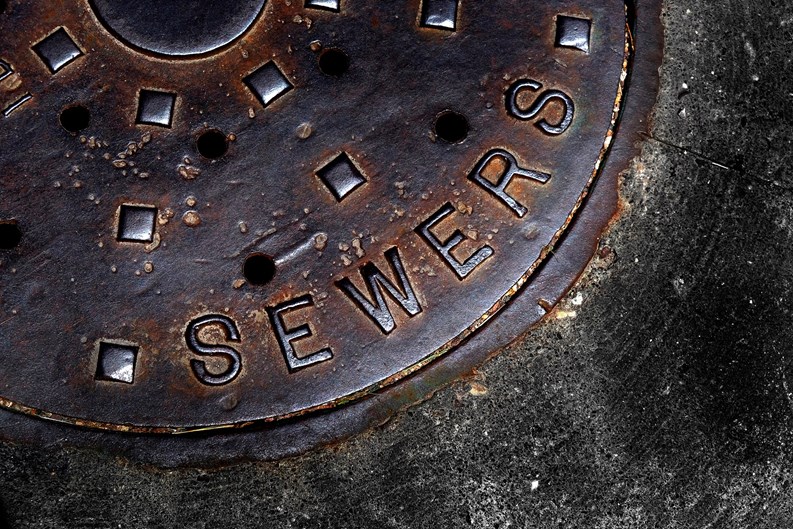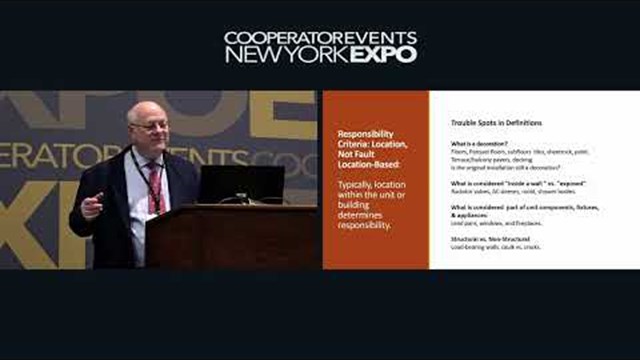Q. I live in a condominium that consists of seven individual buildings, all three- to four-family, that is co-joined by another condominium on the same block. We are sharing a private sewer line with one connection out to the city sewer; the main sewer lines are all in the backyard of the condominium buildings, which makes it very hard to break away and join into the city individually.
The question is: who is responsible when there is a major break in the main sewer line in the back of one of the houses? It happens that where the sewer broke is not really suffering from the problem since their backup is only pulling out sewer water to other properties, and both condominiums are pointing fingers on who has responsibility to pay for the repair, which is major. So far there was no agreement between the two condominiums on this shared common line. Please advise on how to go about this to get this the most legal and professional way.
—Non-Professional Board Member of Self-Managed Condo
A. “There appear to be two intertwined questions with respect to this waste pipe,” says attorney Marc Luxemburg of the New York City firm of Gallet Dreyer & Berkey, “(1) within the condominium complex, which of the units or unit owners are responsible; and (2) between this condominium and the adjacent condominium sharing use of the pipe who is responsible.
“With respect to the internal issue, the pipe would appear to be a common element, which typically would be the responsibility of the board of managers as a common expense; however, the document that should provide a definitive answer would be the declaration and the bylaws of the condominium.
“With respect to the adjacent condominium, there should have been an agreement between the parties that spells out the responsibility. One possibility is that there would be an easement agreement filed with the city at the time the two condominiums began to share the usage; alternatively, there may have been a homeowners association created to manage joint issues between the two properties. If there are no such documents, research would have to be done to see how and when the common usage came into being, to see what rights the adjacent condominium has to use the pipe, if any.”










Leave a Comment